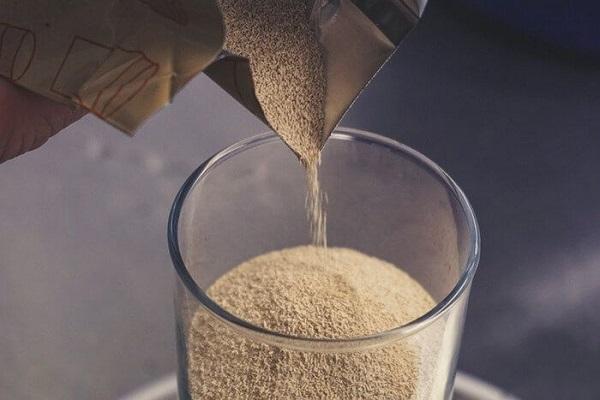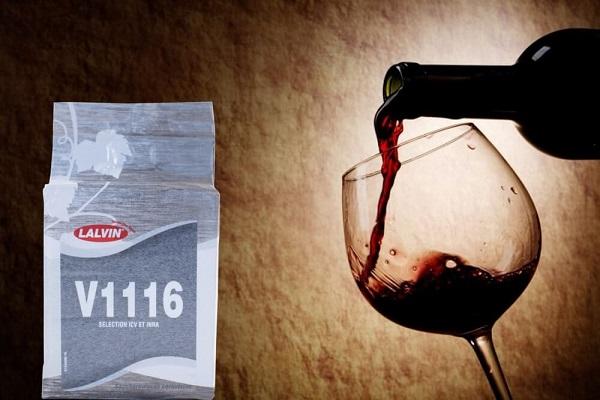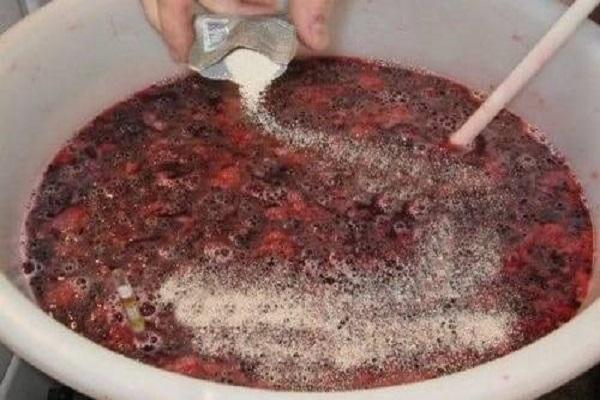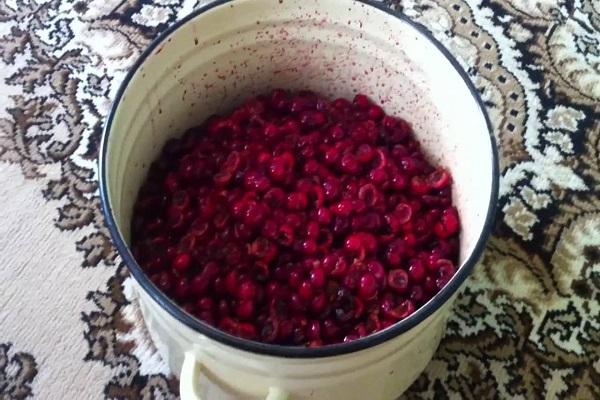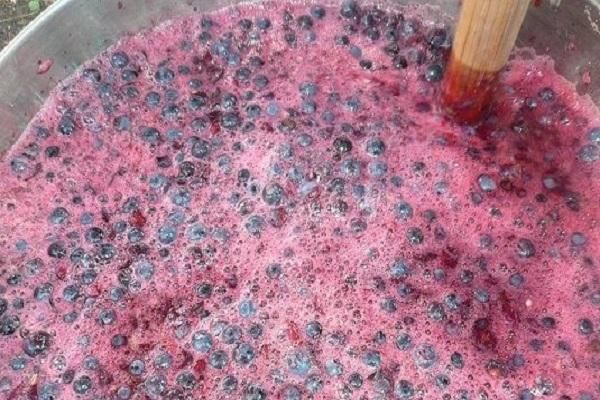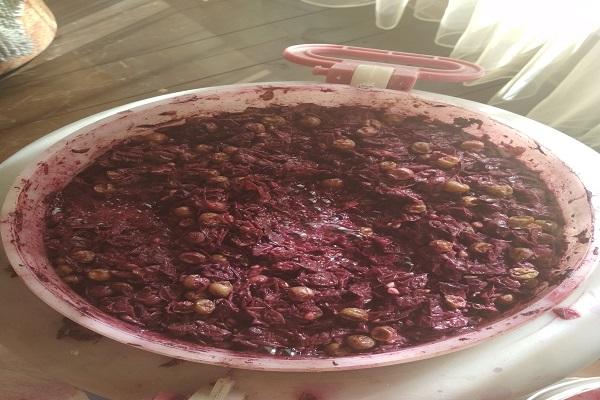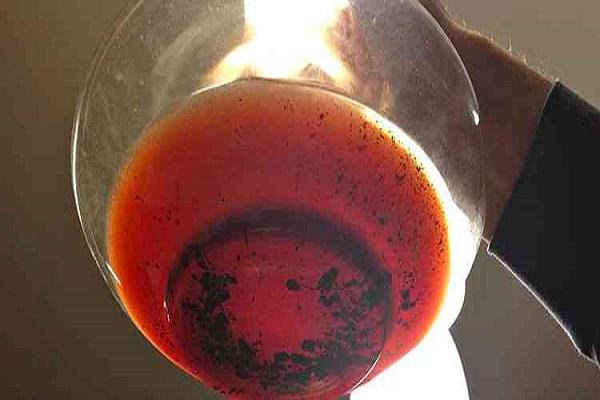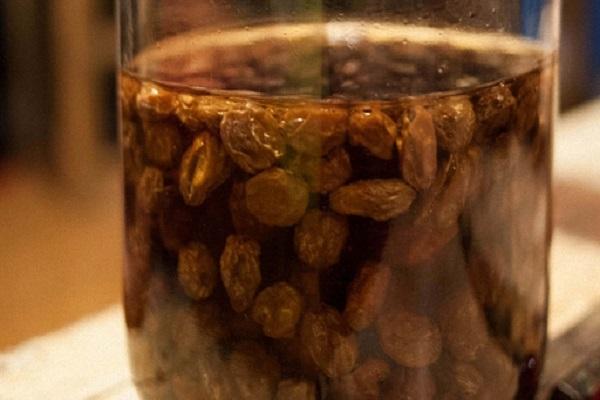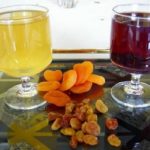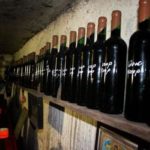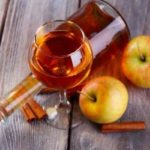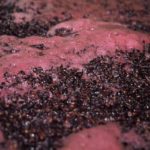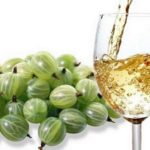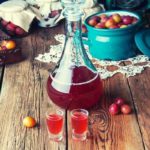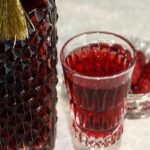Home winemaking has been a popular hobby in recent decades. To simplify and improve the process of making wine, special balanced yeasts were created, they are easy to use, and the set immediately contains biological additives-feeders for fungi and bacteria necessary for fermentation. It is recommended to use wine yeast according to the instructions for use, which indicate the necessary proportions and details of handling the yeast.
- What is it used for?
- Benefits and harms
- Key features of wine yeast compared to others
- How to choose the right yeast for wine?
- Types of wine yeast
- Brands of wine yeast
- Instructions for use
- How to make it yourself
- From the skin of berries (fruits)
- From fermenting wort
- From the sediment
- From raisins
- What can be replaced?
What is it used for?
The fermentation process is an important biological and chemical reaction necessary to create a high-quality drink in winemaking. The main task of beneficial bacteria is to convert sugar into alcohol; in this process, the winemaker must create comfortable conditions for the life of bacteria.
It is important that the grape pulp begins to ferment as early as possible, otherwise the future wine will turn sour. You can “help” the mash to ferment using starters or wine yeast, which can be conveniently purchased in a store or made with your own hands. Such bacteria work quickly, the fermentation process begins the next day.
Benefits and harms
Wine yeast consists of 60% proteins, and also includes trace elements, vitamins and biologically active substances.
When consuming products containing wine yeast in moderate quantities, normalization of digestive activity in the human body is observed. A number of cosmetic products have been developed based on wine yeast to improve the color and condition of the skin.
Wine yeast is not harmful to the human body; when using and making starter for food, you must read the instructions and characteristics of the yeast strain.
The only contraindication for consuming products containing yeast is individual intolerance and allergic reactions.
Key features of wine yeast compared to others
A distinctive feature of wine yeast from other species is its habitat. Beneficial fungi live on the surface of the peels of fruits and berries, obtaining nutrients from fructose and sucrose. The fungus' job is to convert sugar into alcohol.
Beer and baking varieties cannot be added to the mash; they are intended to create alcoholic drinks of average quality; when the wort matures, they create a lot of foam and spoil the taste of the final drink.
How to choose the right yeast for wine?
Yeast for wine is selected depending on the purpose of use and the type of wine material used. Manufacturers offer various brands of wine yeast. It is important to remember that beneficial fungi affect the color, consistency and taste of the created drink.
Types of wine yeast
General classification of yeasts and starter cultures for wines:
- For different types of wines: white, red, sparkling and others.
- Depending on the fermentation time, they affect the rate of wort formation and preparation of the finished drink.
- Resistant to cold or heat, they allow you to save wine under unfavorable temperature conditions.
- For fortified drinks that can ferment in the presence of alcohol in the wine.
- Accumulating fermentation products to enrich the taste of young wines.
- For wort with high acidity.
- Foam resistant.
- Lightening.
- Highly fermenting, they produce up to 20% alcohol from sugar.
Fungal colonies are selected for each wine separately; for example, apple starters require bacteria capable of processing malic acid. There are universal strains suitable for use in all types of wines.
Brands of wine yeast
You can find various brands of wine yeast on store shelves. The most popular are: Gervin, Lalvin, SP, PuriFerm. The release form varies, mostly yeast strains are dried, they are made in the form of granular powder, which must be diluted with water.
Instructions for use
If a person purchases a branded mixture, then instructions for use for yeast starters are included; you must read them to avoid technical errors.
Basic rules and methods of using and applying wine yeast:
- Prepare clean water and heat it to a temperature of 30 0WITH.
- Dilute the powder in the ratio recommended in the instructions.
- Stir and leave to ripen for 40 minutes.
- Add the mixture to the wort.
- The diluted mixture must be used within a week.
Important! When the yeast is maturing (before pouring it into the wort), it is not recommended to cover the container with a lid.
The temperature of the grape must must match the temperature of the water in which the yeast is mixed. There should be no temperature changes when pouring and adding to the wort. After fermentation and precipitation, the suspension from the bottom is collected and dried, thus preparing yeast colonies for future use. The resulting material can only be stored in dry form.
How to make it yourself
You can prepare a starter for wine wort with your own hands at home. Wine yeast is prepared from raisins, skins of berries or fruits, fermenting wort. The basic rule is that temperature changes are unacceptable, bacteria are sensitive to this factor, and fermentation may be interrupted.
From the skin of berries (fruits)
Yeast is a natural fungus that lives on the surface of berry and fruit crops. To prepare a starter for a 10-liter container of mash, it is enough to take 200 grams of ripe berries.
The best raw material for homemade starters is a handful of raisins, but wild yeast can be grown on the fruits of plums, cherries, currants, and strawberries.
Important! Berries and fruits for making homemade sourdough cannot be washed.
The selected berry or fruit material is crushed by hand and sugar is added. For a one-liter jar of starter, use 200 grams of berries, 4 heaped tablespoons of sugar, 600 milliliters of water. The container with the mixture must be covered with thick gauze and placed next to the battery in a dark place. The bacteria will mature in about 5 days.
As soon as bubbles and foam appear on the surface, the starter is ready. You can use homemade yeast within 10 days.
If the starter is introduced at the stage of pulp fermentation, there is no need to filter it; if the wort is clean and filtered, then the starter is passed through cheesecloth and the sediment is discarded.
From fermenting wort
If the winemaking system in the household is established, then there will probably be a container of wine in which the active fermentation stage is underway. Such colonies of fungi and bacteria must be preserved, as they can be used to start fermentation in a new mash.
To prepare a starter based on fermenting wort, it is necessary to collect the top layer of fermenting wine. For a one-liter jar, it is enough to use 80-100 milliliters of yeast foam, add clean warm water to the container, add 3 tablespoons of sugar and place in a warm, dark place, covered with thick gauze for 4-5 days.
As soon as the mixture is actively bubbling, it can be used; the liquid is filtered and poured into fresh wort.
From the sediment
A good winemaker wastes nothing in the process of creating drinks. The lees collected from the bottom of the matured wine can be collected, dried and prepared for future fermentations.
To do this, the liquid is squeezed out of the wine sediment, the remaining suspension is distributed in an even layer on a plate and dried near the radiator. Avoid exposure to sunlight and exposure to temperatures above +35 0WITH.
As soon as the sediment has dried, it is scraped off the plate and poured into bags or small jars, tightly closed with a lid. Homemade dry yeast in this form can be stored for up to two years.
To activate the yeast powder, you need to pour the granules into a jar, add warm water, add sugar and stir. After 4 days, the starter is ready to be poured into the wort.
From raisins
Raisins are an ideal material for creating high-quality sourdough; it is not necessary to use dry powders. The recipe is simple. For a 10-liter container of mash, it is enough to use a handful of dried grapes. Raisins are not washed, clean water for fermentation is used, the optimal temperature for fermentation is 30 0WITH.
Dried grapes are poured with water, sugar is added and placed in a warm, dark place for 4-5 days. As soon as foam appears on the surface, the homemade starter is ready for use.
What can be replaced?
Factory-made wine yeast can be replaced with homemade strains grown at home from ready-made wine materials. Homemade yeast will not bring any surprises and is easy to obtain. With experience, every winemaker keeps several types of homemade yeast colonies in stock.
If a person does not have the opportunity to purchase branded wine yeast, and he has not yet grown his own, prepare a raisin starter - this is the simplest and most affordable way to create a replacement for wine yeast. It is not recommended to use baking varieties in winemaking. Special types of yeast strains must be added to alcohol tinctures.



